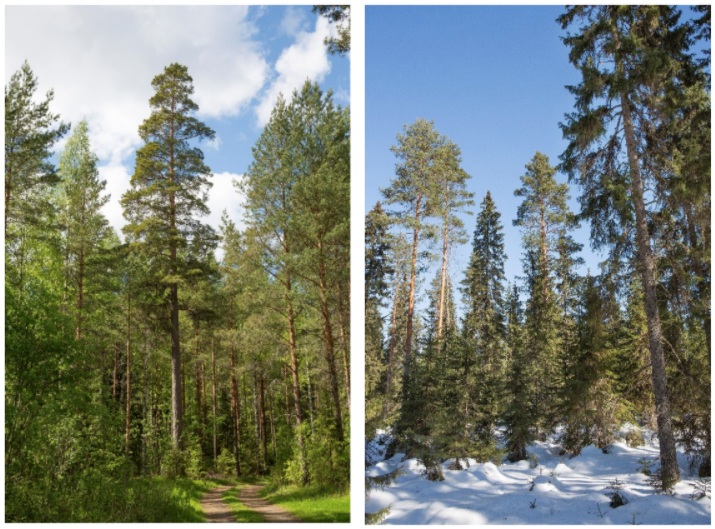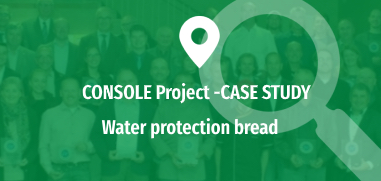Summary
In TUOHI, the contract solutions include private investments in the jointly owned forest forms of investing money or forest property. Monetary investments are spent for acquisitions of forest land.
All shareholders of TUOHI have agreed on the management regime based on continuous cover (uneven-aged) forestry. In addition to the economic benefits to shareholders, TUOHI is addressing improvements in forest biodiversity and increasing carbon storage. General juridical provisions on jointly owned forests are applied. Currently, TUOHI is attracting an increasing number of investors.
Objectives
- Win-win solution: Profitable forestry without clear cuttings;
- Preservation of rich forest nature and multiple use opportunities of forests;
- Maintain and increase carbon storage in forests.
Public Goods






Problem description
In Finland, uneven-aged forest management has been allowed since an amendment in Forest Act in 2014. Before this amendment, forest management was legally restricted practically only to even-aged forestry regime. This restriction lasted approximately 60 years. In even-aged forestry, all trees on a forest site have roughly the same age and height, and the forest is regenerated in a single point of time, typically with clear cutting. In uneven-aged forestry (continuous cover forestry), clear cutting is avoided and the forest is regenerated naturally by harvesting mainly only part of the biggest trees. Therefore, there is no single point of regeneration and the forest remains wooded all the time. In uneven- aged forestry, dispersed age class structure increases the features of natural forest, biodiversity, scenery and recreation possibilities, as well as carbon storage. Currently, uneven-aged forestry is still applied in rather low levels in Finland. If applied with success, uneven-aged forestry may also result in valuable roundwood products and economic benefits to owners. Traditionally, jointly owned forests as a forestry-specific juridical and financial entities have had strictly planned management with even aged forestry regime. If the shareholders of a jointly owned forest agree with an uneven-age forestry management regime, this may be taken as the main forest management regime of the jointly owned forest. In addition, the jointly owned forest area of uneven-aged management may increase, if it attracts investors with additional private capital. In the case of the jointly owned forest TUOHI, new legal opportunities (structural change) combined with skilled initiators in continuous cover (uneven-aged) forestry management this kind of development has taken place.
